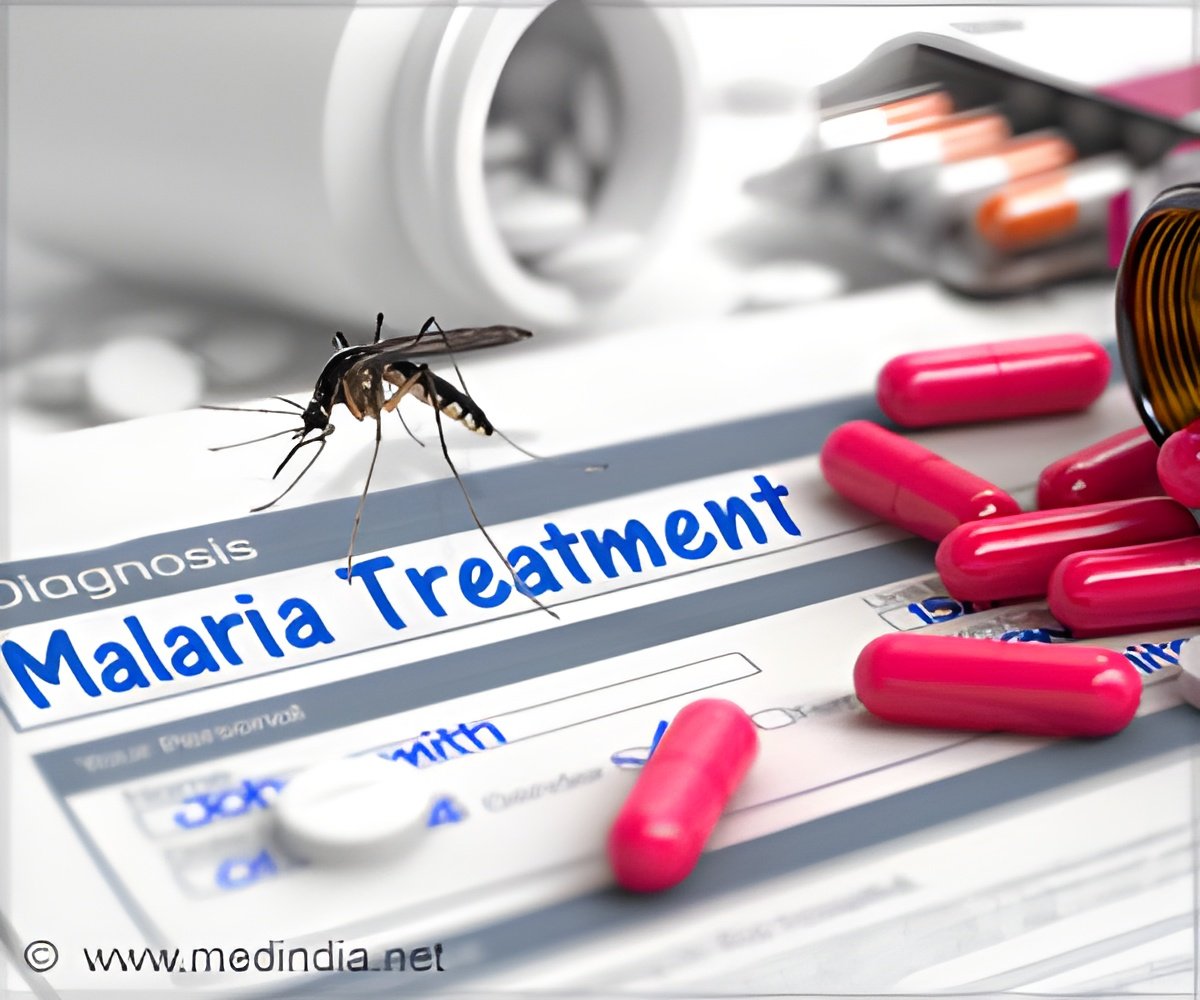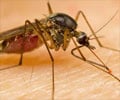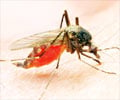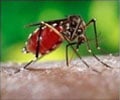
‘New technology identifies locations of previously unknown mosquito breeding habitats and treats them within the same day.’
Tweet it Now
“What those countries are dealing with is a tragedy beyond describing,” Jacob said. “For me, training the local people is huge. They want the knowledge and I think they’re willing to do whatever it takes to stop malaria.” Jacob has focused much of his research in Uganda, where malaria, a mosquito-borne disease, is the leading cause of death, especially among children under the age of five years. As published in the American Journal of Entomology, he discovered that each of the 120 homes he studied was infested with at least 200 mosquitoes. With the help of the local insect control officers he trained, Jacob destroyed 100% of the identified habitats in 31 days and eliminated the blood parasite level in previously treated and suspected malaria patients in 62 days.
The system works by identifying specific environments and organisms by their unique “fingerprint” — a red-green-blue value associated exclusively with a species or habitat. For Seek and Destroy to be successful, Jacob trained the drone to sense and capture image datasets through his algorithms that allow the system to understand key features, like mud or vegetation, based on their fingerprints. Each image is then processed and gridded with identified sources of water on those surfaces.
Malaria Eradication
The data is then classified into different categories based on the presence or absence of mosquito larvae and whether the water is positive for mosquitoes. Paired with Jacob’s algorithms, the drone was 100% accurate in locating bodies of water where mosquitoes are most likely to breed.Jacob has researched mosquitoes since 2010, but he didn’t start testing artificial intelligence algorithms on drones until 10 years later. It was then that he discovered the potential impact of predictive mapping on mosquito control and malaria, a mosquito-borne disease.
“Instead of spraying entire fields, we can now just target the areas where the mosquitoes are.”
Advertisement
Through a grant from the Joy McCann Foundation, Jacob’s mapping revealed more than 9,000 mosquito habitats with dengue and zika viruses present in Hillsborough, Manatee and Polk counties. He’s now training local authorities on the app and hopes a larvae control system will be complete by summer of 2023.
Advertisement
Source-Eurekalert











